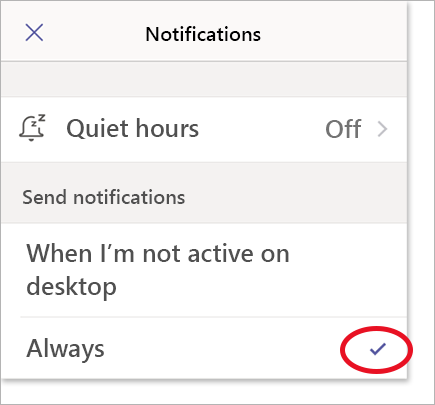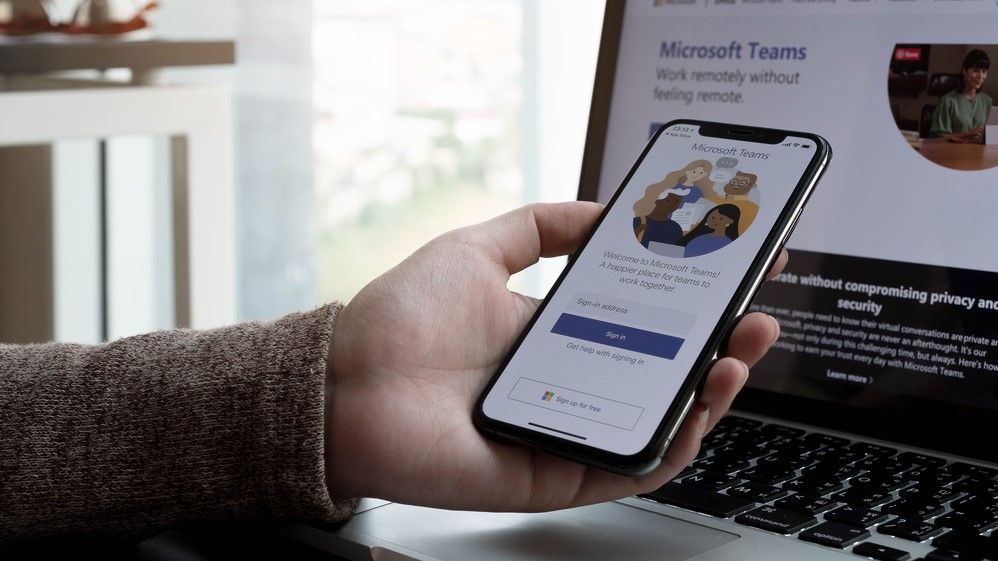

However, you will sacrifice a few features, such as input support (text boxes on toasts) and activating in-process. This is an alternative option if you cannot implement a COM activator. To learn how to use this option, see Send a local toast notification from desktop C# apps or Send a local toast notification from Win32 C++ WRL apps. If you add the COM activator to your existing MSIX/sparse package app, Foreground/Background and Legacy notification activations will now activate your COM activator instead of your command line. With the COM activator option, you can use the following notification templates and activation types in your app. Don't be afraid of the "COM activator" we have a library for C# and C++ apps that makes this very straightforward, even if you've never written a COM server before. This is the preferred option that works for desktop apps, and supports all notification features.

You can use the table to select the best option for your scenario.

The table below illustrates your options for supporting toasts within your desktop app, and the corresponding supported features. Being activatable while your EXE isn't running.Being activatable from both the popup and inside Action Center.In this article, we list out the options you have for sending a toast notification on Windows 10. However, there are a few different options for desktop apps due to the different activation schemes. Desktop apps (including packaged MSIX apps, apps that use sparse packages to obtain package identity, and classic non-packaged desktop apps) can send interactive toast notifications just like Windows apps.


 0 kommentar(er)
0 kommentar(er)
